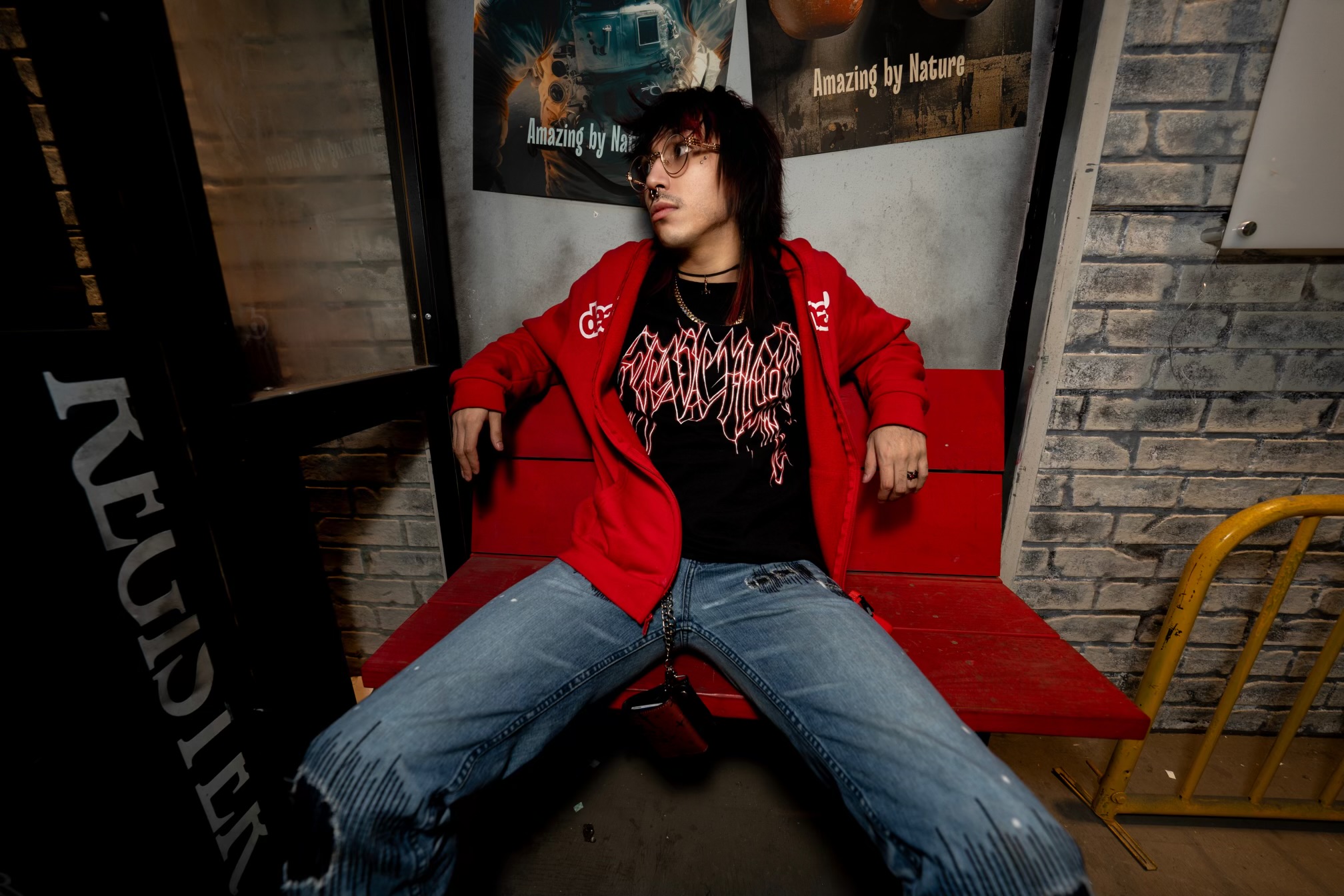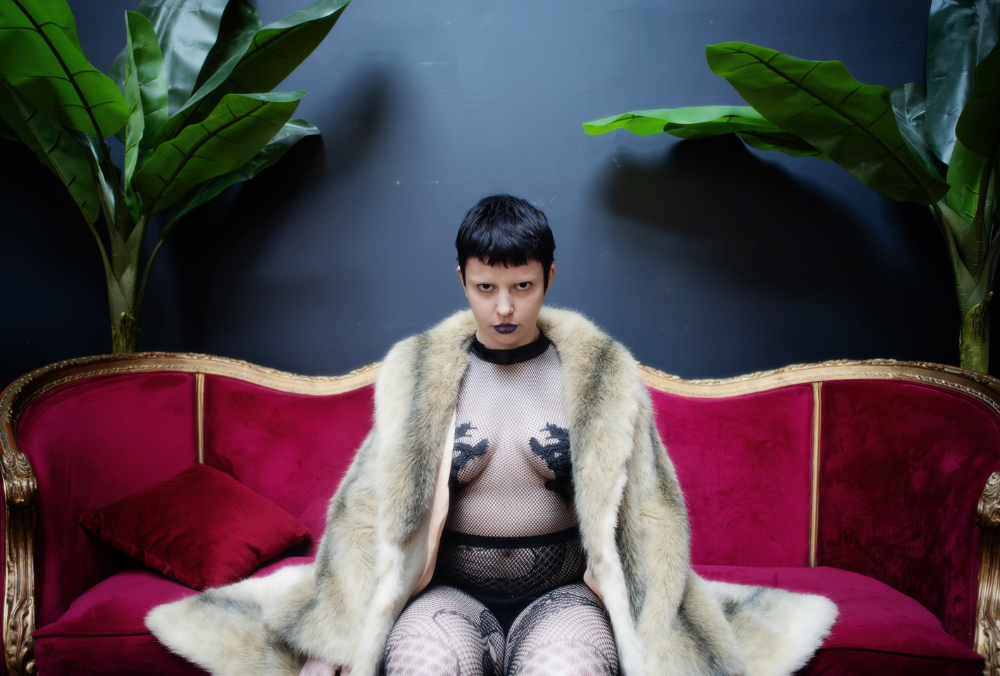Historical settings are a relatively scarce backdrop for anime series. Despite a myriad of fantastical and mysterious worlds, for some reason bygone eras of actual human civilization are less frequently called upon. Even with Japan's rich lineage, there are many gaps in the representation of its past in anime. Yet some recent additions have touched on a sorely underutilized chapter in the story of Japan, exposing viewers to an interesting epoch that deserves more attention.
Demon Slayer, the phenomenally popular shounen series, takes place in one of the most short-lived but fascinating times in Japanese history: the Taisho Era. Though rare, it is not alone in this regard, as 2021's Taisho Otome Fairy Tale shares the same chronicled scenery. Through expression of their underlying philosophies and aesthetic choices, both titles recreate the uncertainty and electric energy that pervaded the country during this critical age of change.
Understanding the Taisho Era of Japan
The Taisho Era can be identified by a number of factors, each depicted in some way through Demon Slayer and Taisho Otome Monogatari. It refers to the years 1912-1926 under then-Emperor Yoshihito, posthumously known as the Taisho Emperor. Though the period was little over a decade in length, it served as a turbulent time of transition for many reasons. Due to the Emperor's generally poor health, Japan saw a shift in power to the Diet and political parties.
Many reformations first implemented during the preceding Meiji Era continued to solidify, such as central governance, economic expansion and the formal organization of the military. As a result of international contact and modernization attempts, Japan further developed technologically and sought to balance Westernization with traditional culture. This liminal point in Japan's timeline is thus looked back on as an embodiment of the country's almost paradoxical integration onto the global scene.
Westernization of Trends In Japan's Taisho Era
One of the most apparent aspects of the Taisho Era is its integration of Western trends. As Japan moved onto the greater international stage, artistry and fashions from Europe and the Americas began to penetrate popular culture. Depictions of this hybridization are often described as "Taisho Roman," encapsulating the era's romanticized and vogue atmosphere. During Demon Slayer's arc in Asakusa, Kamado Tanjiro encounters the series' primary antagonist Kibutsuji Muzan, who appears in full Western clothing. Many passersby in the scene don European style hats, accenting their traditional garb.
Taisho Otome Fairy Tale has similar clothing examples, such as Shiratori Kotori's signature boots, but also displays this intersection in its music. Within the show, Shiratori introduces a number of Western songs while playing a guitar in the rural countryside. The series opening theme features a mashup of J-Pop, big band horns and other popular American musical styles. The song is nothing like the music of the time, but its nature captures the period's chimeric aesthetic nonetheless.
Progress in Technology During Japan's Taisho Era
Benefitting from the aftereffects of the Industrial Revolution, the Taisho Era saw more widespread use of technological achievements. While the Meiji Era set the groundwork for this progress, it took time for such things to be integrated into Japan's daily life. In particular, rail travel and locomotives serve as iconic symbols in popular depictions of the times. This is fitting, as Tokyo Station, which was critical for the consolidation of public rail transit, opened in 1914.
Demon Slayer's "Mugen Train" arc turns this timely revolution into the backdrop for an exciting and emotional turning point, while Taisho Otome Fairy Tale sees its characters frequently use trains to travel great distances or make runs to and from Tokyo. Additionally, electrical lights create beautiful imagery in both series' urban scenes. Though such innovations were rare in rural Japan at the time, their presence in these anime creates a visual air of bewilderment from society's rapid advancement -- for both the characters and audience.
A Unified Mentality in Demon Slayer & Taisho Otome Fairy Tale
Winning recognition from the Meiji victory against Russia, the Taisho Era further solidified Japan's military organizations. Due to its involvement in World War I, Japan was treated as a relative wartime equal and centralized military mentality seeped into other facets of life. A formalized school system was created, typically requiring male student uniforms called gakuran, based on military uniforms of the time. These uniforms can be seen on Demon Slayer Corps soldiers and the student body of Taisho Otome Fairy Tale.
Furthermore, the Taisho Era is thought of as the foundation of liberalism in Japan, seeing a rise in public activism and collective rallies behind numerous communal causes. The Demon Slayer Corps, comprised of volunteers without government recognition, can be thought of as an extension of this. Though women were still seen as subservient to their husbands, women's rights also became a popular topic. This granted expanded personal freedoms, many of which can be seen through Taisho Otome Fairy Tale's majority female cast.
Balancing The Taisho Era's Tradition and Superstition
Despite Japan's strong spiritual heritage, modernization struck a divide between traditional worldviews and superstition. Shinto customs were still observed, but were more integrated with state-sanctioned practices and secular society. While Meiji thought discouraged Buddhism, the Taisho Era saw thinkers like Enryou Inoue, who sought to reform its practice in a more rational light. Inoue also gained popular traction through his work debunking mysterious phenomena and yokai.
This thinking can be seen in Demon Slayer, as Tanjiro and many around him initially regard demons or oni as folklore before encountering them firsthand. The general public within the series show a similar move away from ancient beliefs. In Taisho Otome Fairy Tale, main characters Shima Tamahiko and Tachibana Yuzuki find a forest shrine to Inari in the base of a tree, casually remarking that it's rare to find such things in that age. Though the sentiment is understated, when combined with the many other transitionary factors, it drives home the idea of the Taisho Era as picture of acceptance of change.
About The Author
